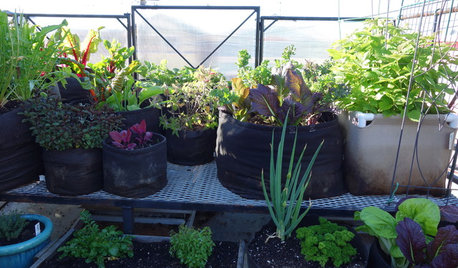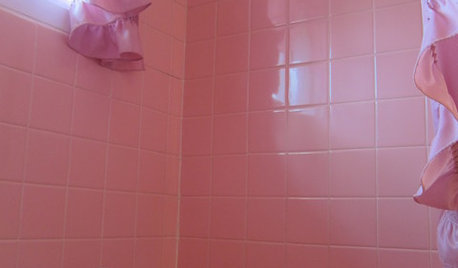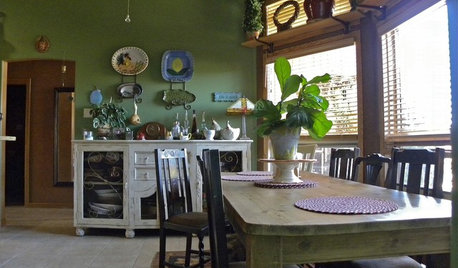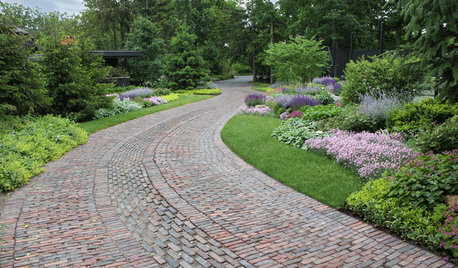Sage, Thyme and Mint Question
mrmoiseyev
15 years ago
Related Stories

GARDENING GUIDESHerb Garden Essentials: Grow Your Own Delicious Mint
Pull out a pot for this one. Mint's spreading habit and hard-to-kill nature can be a blessing — if you're properly prepared
Full Story
FARM YOUR YARDAn Urban Greenhouse Overflows With Edibles
Making meals just means stepping into the yard for a San Francisco couple who revamped an old orchid house
Full Story
BATHROOM DESIGNTickled Pink in the Bathroom
We asked you to show us your vintage pastel bathrooms — and you responded with a tsunami of photos and comments
Full Story
MORE ROOMSDesign Ideas for a Teen Boy's Room
Make room for your teen to shine with a space that reflects his personal style
Full Story
COLORColor of the Week: Spring Green
Spring has finally sprung for many of you — and here's how to bring some of that green inside
Full Story
HOUZZ TOURSMy Houzz: Visit an Eco-Minded Yoga Haven
A couple with rock ’n’ roll roots transform a Utah high desert ranch into their dream home and retreat
Full Story
EDIBLE GARDENS12 Essential Herbs for Your Edible Garden
Make home cooking and drinks even better with herbs plucked from your own backyard or windowsill pot
Full Story
GARDENING GUIDES10 Easy Edibles for First-Time Gardeners
Focus on these beginner-friendly vegetables, herbs, beans and salad greens to start a home farm with little fuss
Full Story
LANDSCAPE DESIGN6 Driveway Looks Take Landscapes Along for the Ride
See how to design a front yard that makes your driveway its own destination
Full Story
FARM YOUR YARDIf You Have Room for Only One Summer Crop ...
Get an edible that’s long on flavor even if you’re short on space, with a long-time gardener’s favorite picks
Full Story









fatamorgana2121
ksrogers
Related Professionals
Baltimore Landscape Architects & Landscape Designers · San Juan Landscape Architects & Landscape Designers · Pelham Landscape Contractors · Cicero Landscape Contractors · Fort Atkinson Landscape Contractors · Hannibal Landscape Contractors · Lady Lake Landscape Contractors · McLean Landscape Contractors · Point Pleasant Landscape Contractors · Soddy Daisy Landscape Contractors · St. Louis Landscape Contractors · Suisun City Landscape Contractors · Boston Roofing & Gutters · Franklin Roofing & Gutters · Tampa Roofing & Guttersteryaki
ksrogers
teryaki
eibren
CA Kate z9
mrmoiseyevOriginal Author
fatamorgana2121
ksrogers
CA Kate z9
vera_eastern_wa
ksrogers
caffenol
wally_1936